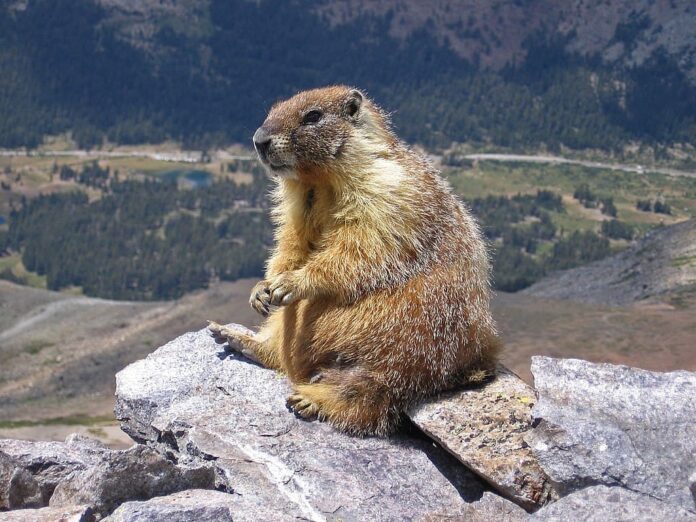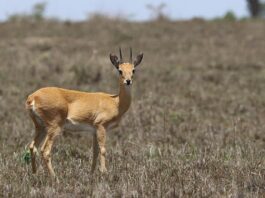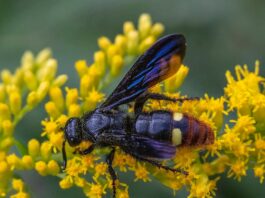Remember all of those memes about a yelling rodent that you have seen for years? That is a marmot, the large rodent that looks absolutely adorable. The best part? Some marmot species are also friendly towards humans but some of them can also be pretty aggressive. There are 15 marmot species, but we will talk about them in general today. You definitely should know more about them so let’s check out more below.
1Appearance
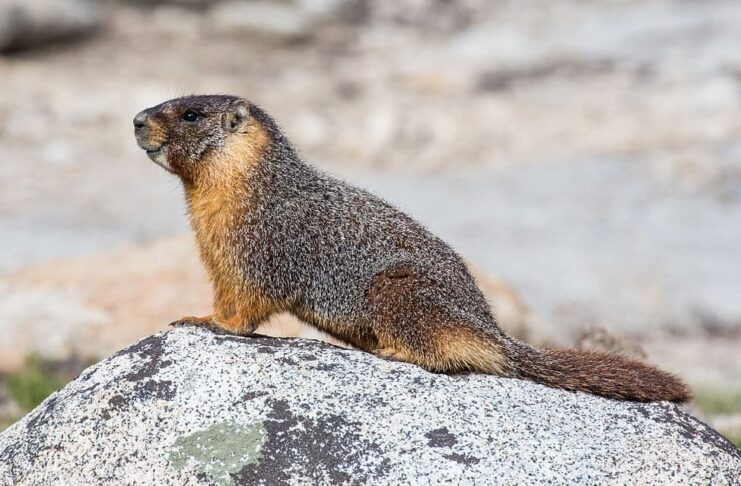
Marmots are actually ground squirrels so their appearance resembles them quite a lot. A marmot can grow from 42 to 72 centimeters, weighing from 2 up to 11 kilograms depending on the species. These large rodents have a stout body and short robust legs with claws that allow them to dig their burrows. At the same time, they have large heads and large incisors that enable them to feed on various vegetation. Usually, a marmot has earthen-hued brown fur but the coloration is also different depending on where they live. Their fur is paler is they live in open habitats while those who live in well-forested areas have darker fur.
2Behavior
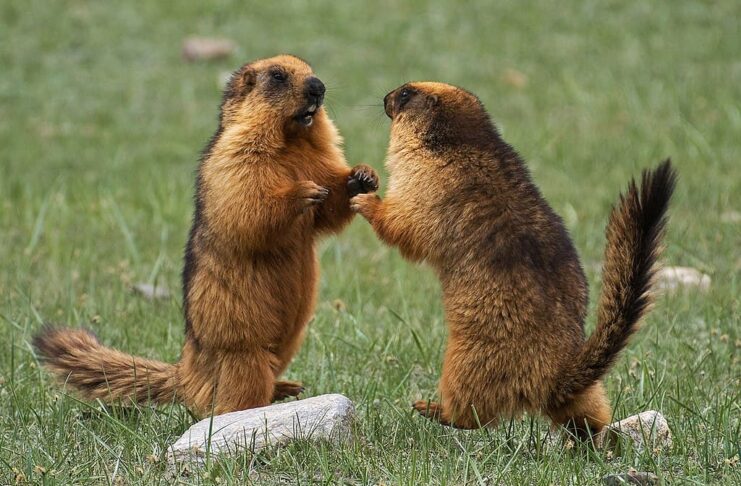
During the daytime, marmots sunbathe on rocks before looking for food in the morning and afternoon. Marmots are highly social animals, and they use loud whistles to alert or communicate with one another. This is why sometimes people call them “whistle pigs” due to their style of communication. Some species are solitary and territorial while others live in a colony of 10 to 20 animals in the burrows or tunnels. When building their burrows or tunnels, they use their forearm and back feet to push away the soil. They also use their teeth to remove any stone in the way.
Usually, a burrow hosts one family but can be extended with each generation which create a complex system Their burrow system has several entrances and exits where they can easily enter and leave. When the marmots look for food above the ground, one will stay guard over the colony. The moment it spots a predator, it will make a loud whistling sound that alerts other marmots to escape danger.
3Feeding & Habitats
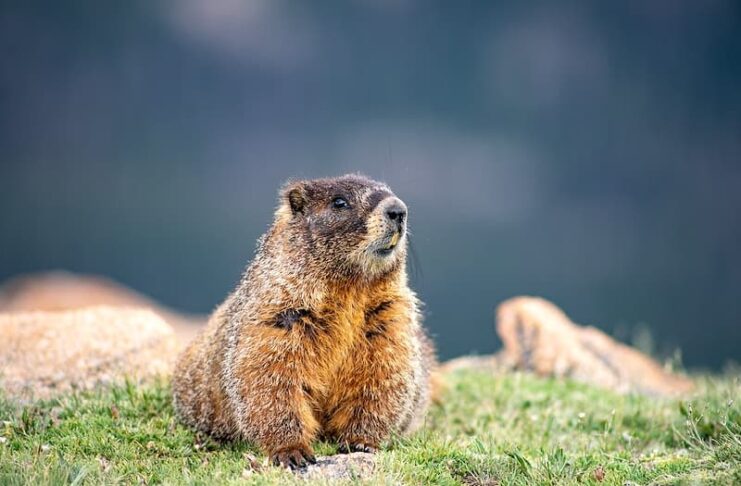
As herbivores, these rodents feed on greens and a number of vegetation such as berries, flowers, mosses, lichens, and roots. Along with that, they also feed on grains, grasses, leaves, and nuts as well. This is not all, they also eat anything that is plentiful in their habitats during spring and summer. So they may also consume bird eggs and insects on some occasions.
The range of marmots is in Asia, Eurasia, Europe, and North America. Some marmot species inhabit mountainous areas while others prefer living in forest edges, meadows, rough grassland regions, steppes, or tundras. Regardless of the locations, marmots live in burrows where they hibernate through the winter. They like to make their homes in small spaces or in areas that are hard to access. This is to make sure that predators cannot gain access to their burrows and tunnels. It also allows them to easily escape an enemy or stay out of the enemy’s sight as well.
4Predators
What are the animals that prey on these large rodents? There are quite a few predators to marmots such as badgers, coyotes, eagles, and foxes. Eagles are opportunistic predators that can swoop down the rodents and capture them when they are outside the tunnels. Things are the same with coyotes and foxes that can sniff out their burrows and then wait to ambush.
Related Post: Largest Rodents In The World

